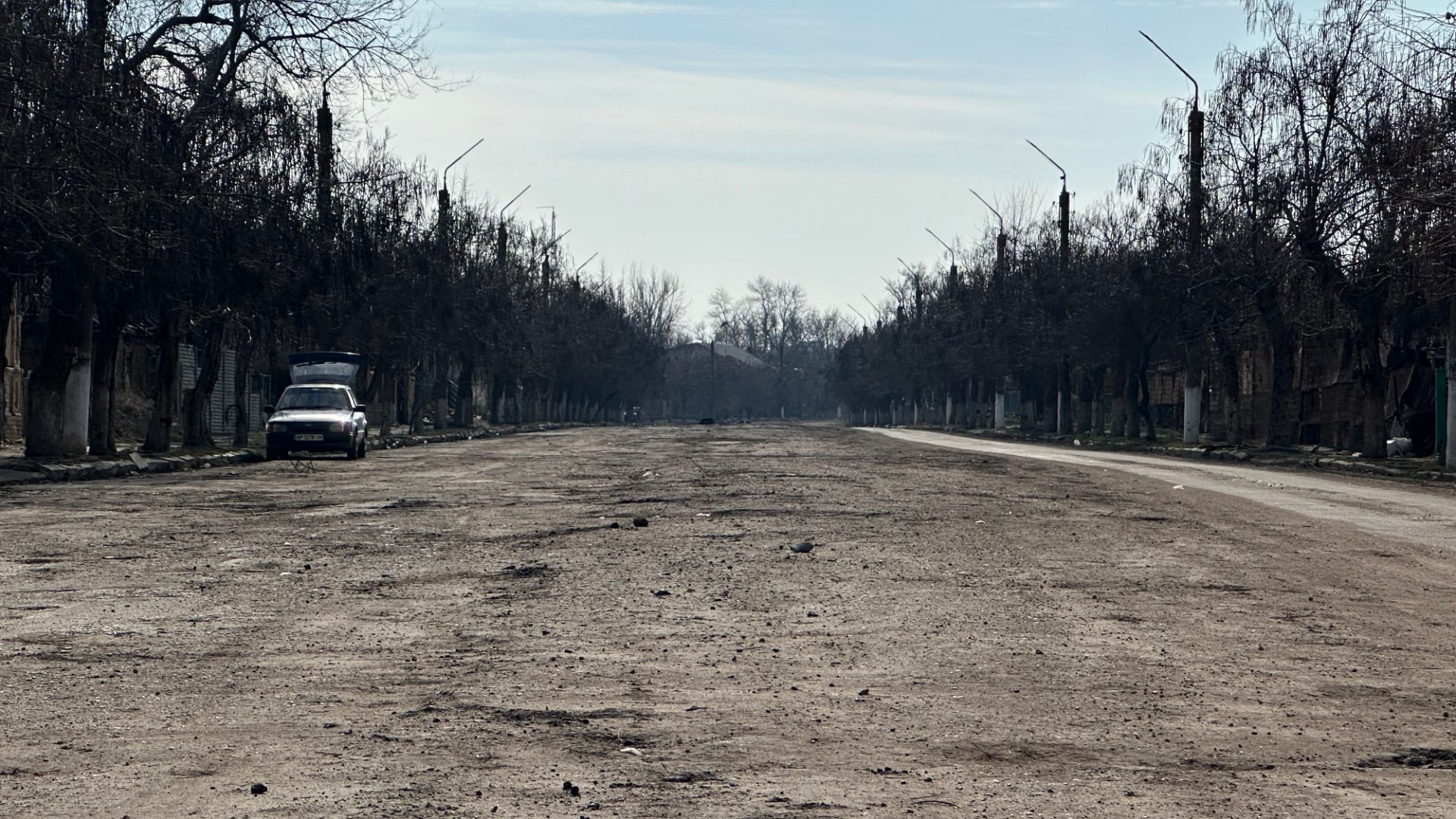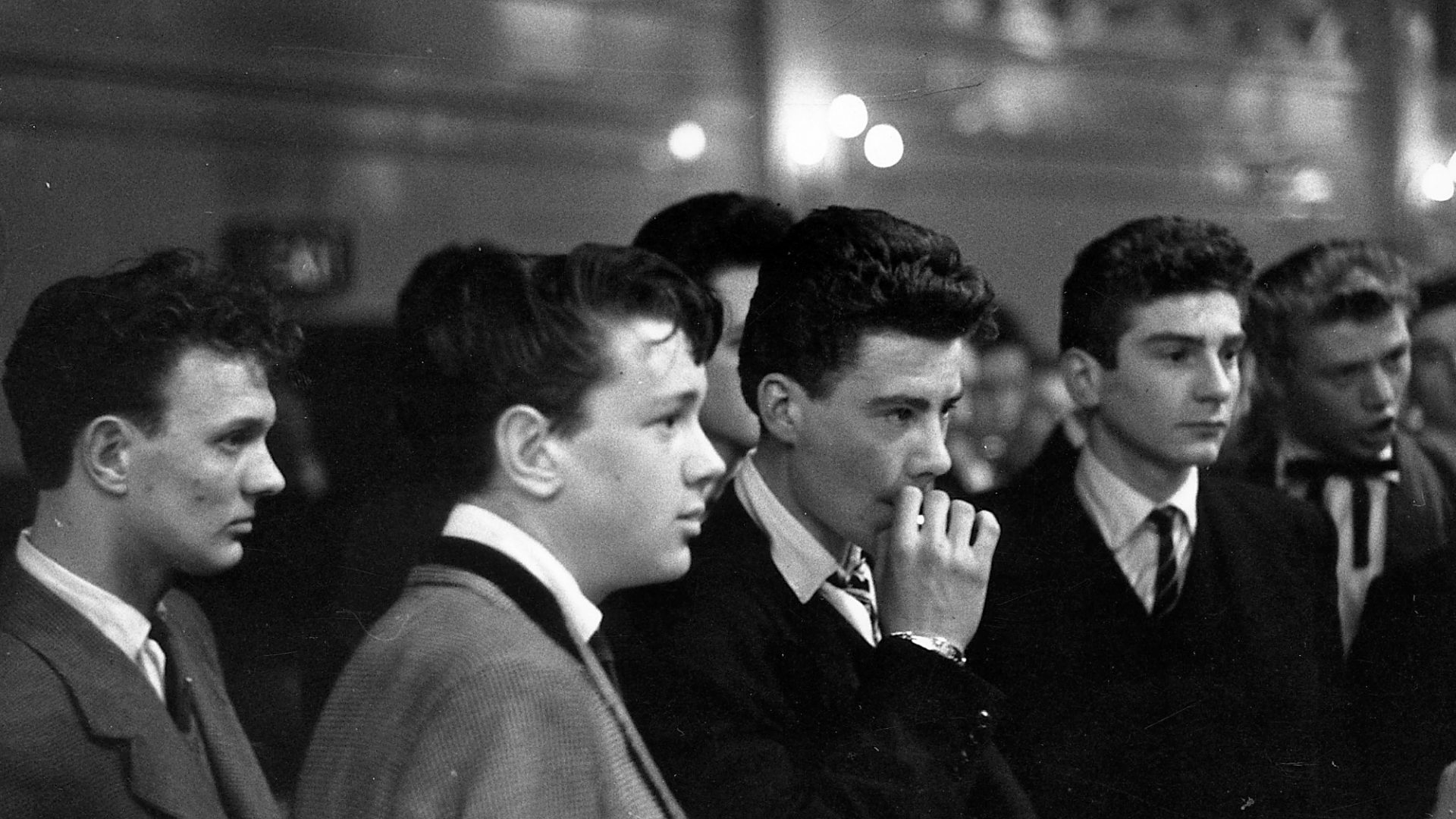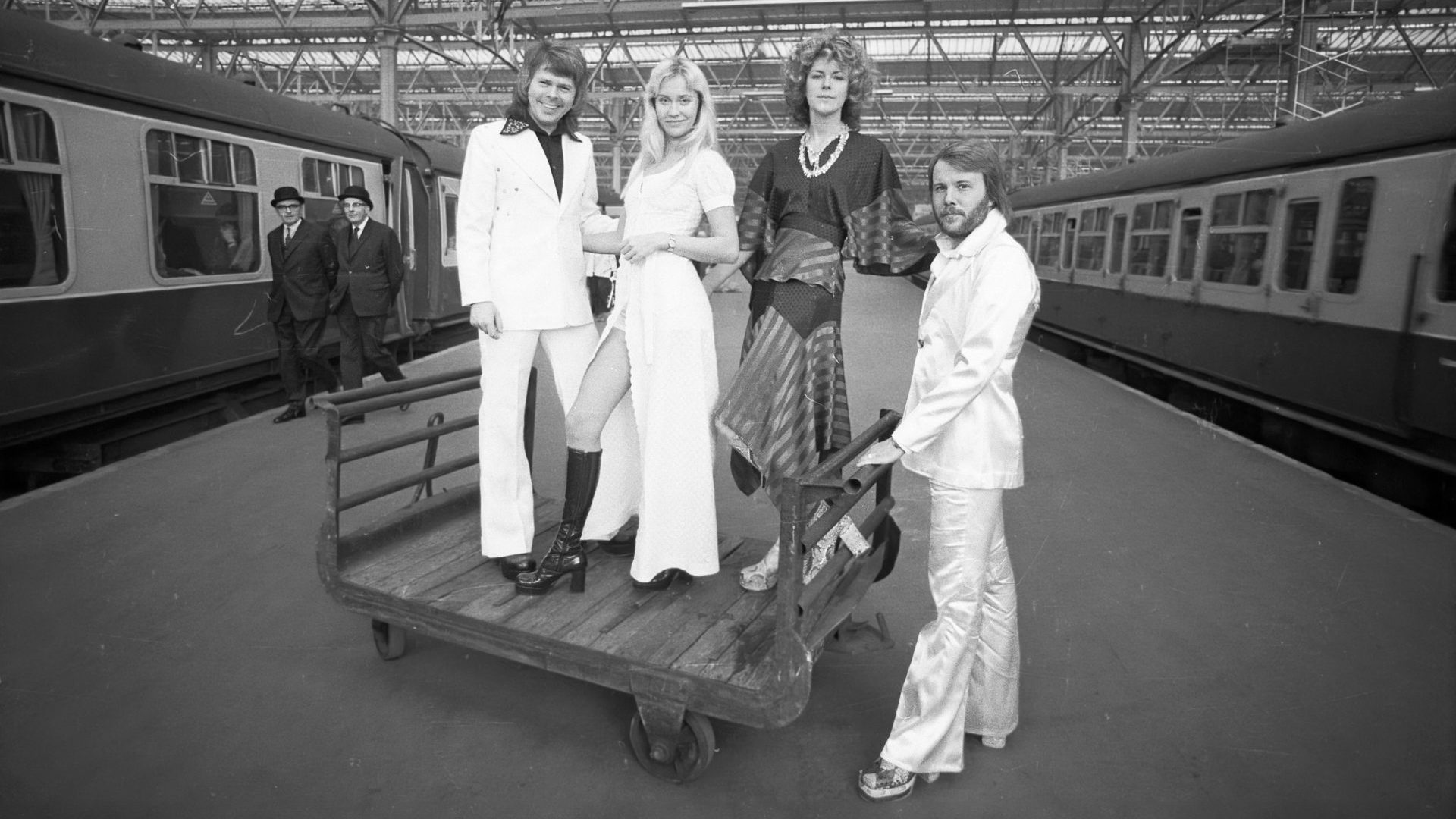One image really comes to mind about Ukraine and the many terrifying and extraordinary things I have witnessed there since Russia declared war on them. It is of an immense field covered with hundreds of Ukrainian flags. An indelible mass of roaring yellow and blue, flapping in the summer wind and marking the graves of Ukraine’s fallen.
In the blistering heat of that summer afternoon in the Donbas, members of our aid convoy stood in shocked and respectful silence. Earlier in the morning we had just seen the horrific aftermath of a missile strike, before delivering aid within a few kilometres of the “zero” line.
My memory of that day in July 2023 is now a blur of horror. But that field and those flags are tattooed on my mind, an unequivocal demonstration of the terrible price Ukraine is paying for survival.
That was my fourth trip into the Donbas region since my first convoy in December 2022. We were delivering aid to the various battalions and charities we support.
This particular convoy took us almost the entire length of the near 1,000km front that runs north to south in eastern Ukraine. The damage and destruction was extraordinary. Mile after mile.
Trees cut down to splintered stumps by the nightmare smashing of artillery. Vehicles ripped to pieces and strewn across roads and fields. The occasional surviving elderly civilian catches your eye. It was a nightmare world of survival forced upon them by merciless Russian aggression.
Until late February 2022, we had been living a rather quiet and normal life in Poland. I sold software and spent my days working from home, sometimes returning to the UK to see clients.
My wife, Jula, and I had moved to the Baltic coast and the town of Sopot, near Gdańsk, in 2015. Jula is Polish and her grandmother, Babcia, was increasingly frail, so we decided to come to care for her. Babcia had survived a Soviet invasion, a Nazi occupation, and then 40 years of communism. She was tough.
The 24th of February began with an early morning update on my smartphone. I can remember the blue light waking me. The Russians had moved into Ukraine. It was really happening. A shock washed through me. Within hours refugees were at the Polish border.
At that time a Ukrainian couple happened to be renting our apartment in London. I will never forget the extraordinary conversation we had with them as they confirmed that their nieces were heading to the Slovakian border and an uncertain future.
By the following day, our local park seemed strangely busy, with unfamiliar groups of elderly men exchanging scraps of paper and nodding in silent concern. The park benches were filled with young women crying into their phones. It was only then that I made the connection – they were refugees in our town.
I caught the eye of one young woman wrestling with an energetic toddler while facetiming with her now uniformed partner – it really brought home the gravity of the situation.
Within days we were involved in collecting food and clothing for our local refugee centre. However, it was a conversation with the owner of a beach bar that was pivotal. He said what Ukraine needed were boots, socks, helmets and military clothing. They desperately needed to equip their army. At that stage, some young Ukrainians were going to fight in gym kit and trainers.
I had served in the Territorial Army in the noughties, and had done a six-month tour of Iraq, mainly driving senior personnel around Basra. I had military kit that I could donate, and I reckoned other veterans would have some too. I put out a call for equipment on social media.
The response was extraordinary. Within weeks, parcels large and small were arriving at our London flat. Our Ukrainian tenants acted as impromptu warehouse managers and, as the volume of parcels increased, we realised the depot would have to expand to include my parents’ garage.
The transport of donations also had to be streamlined. Thanks to Grzegorz at the Kamyktrans removal company, we were now able to move larger quantities of badly needed kit to Poland.
Our UK donations had been brought to the attention of Igor Tracz, who was already using his vehicles and logistics infrastructure to take supplies not just into Ukraine but to the frontline. In late 2022, Igor, who also happens to be a World Champion dog-sledder, asked me if I wanted to go with them. I said yes.
There were five vehicles with trailers plus a generator for a hospital. The first leg was a 600km drive from the north of Poland to the Ukrainian border, where we arrived at 2am. Once across, we drove into a region that was under missile attack. It was a sobering introduction to the everyday realities of life in wartime Ukraine. But we carried on, stopping first at a children’s charity, then dropping off some body protection. It was freezing. We were driving in near-blizzard conditions.
The supplies kept arriving in the UK, so we were set up for our second trip in February 2023 and a third in April – it was on that trip that I met some soldiers who were just back from the frontline and they told us about the fighting.
They had stories of tough, relentless combat, and death. We set off the next morning, first through a large town that was completely boarded up, and then past a deserted hamlet where we came across a column of marching men – it looked like footage from the first world war.
By July we were on our fourth supply run, and in the summer heat some of the countryside with its rolling hills and lush greenery reminded me of Tuscany. It was especially incongruous, since on this journey we were closest to both the fighting and the devastation. It was on this trip that I saw that unforgettable field of Ukrainian flags.
It looked like a lunar landscape. House after house had collapsed into the road, and where there had once been broad avenues, now there was a narrow passageway cleared through the rubble.
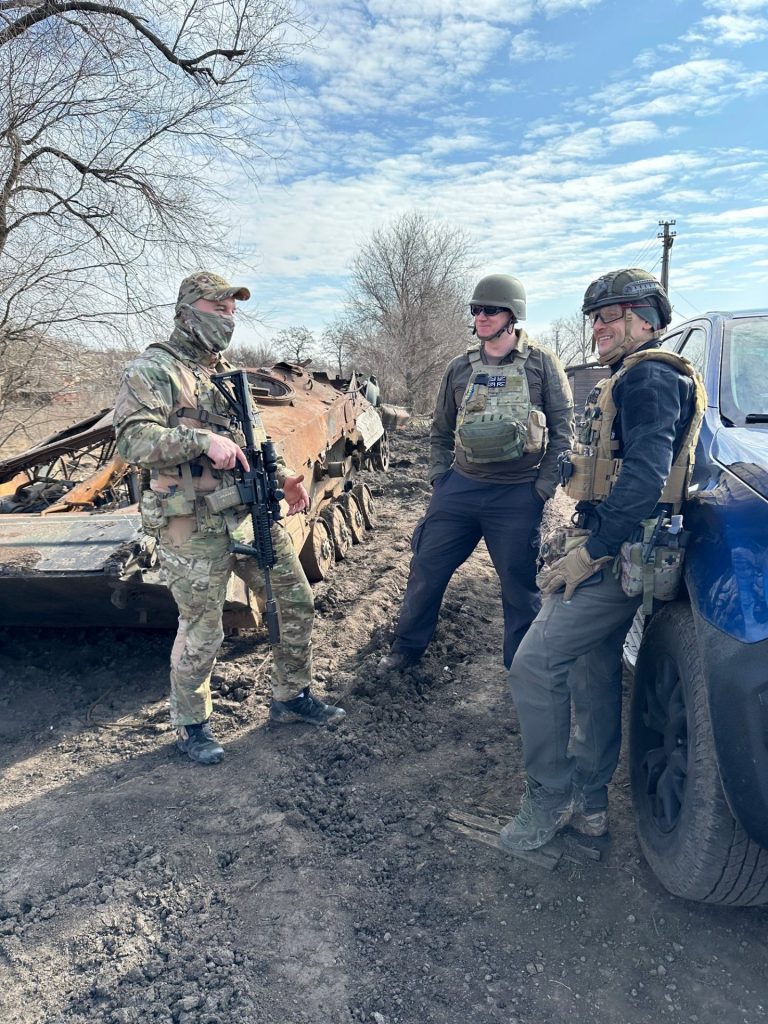
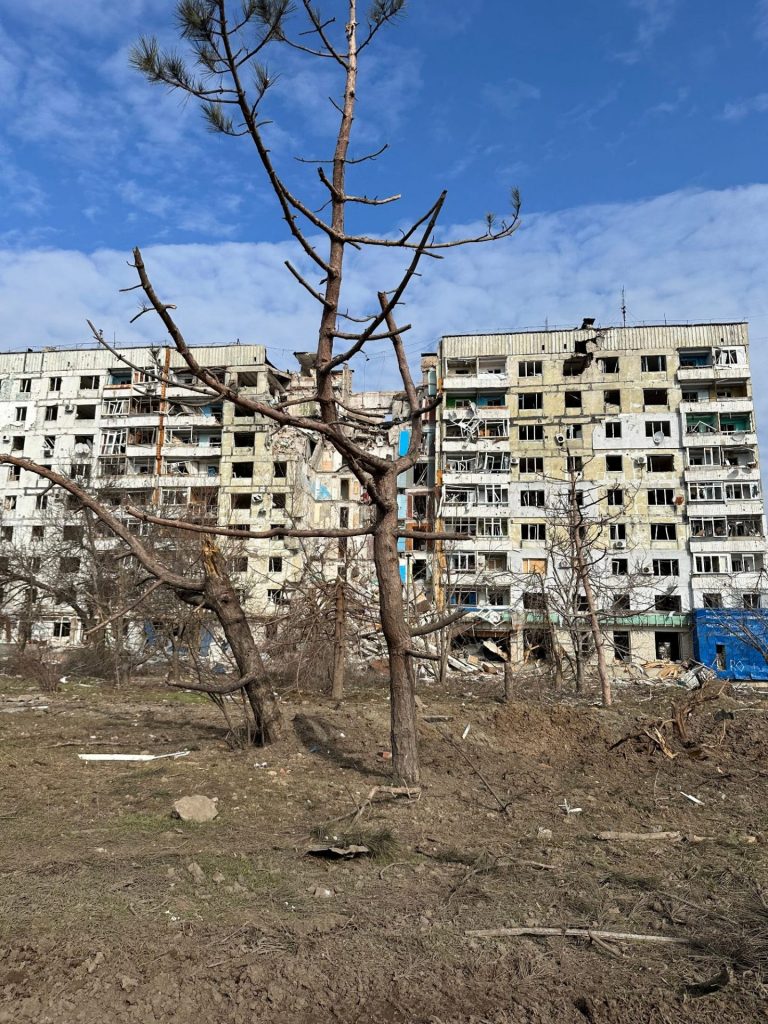
We met a Ukrainian woman called Tania and had lunch with her. She told us that she grew up in the shadow of Stalin’s induced famine, the Holodomor, when central government in effect confiscated the entire Ukrainian harvest. Millions died.
As we walked through a ruined town with the Russians just a few kilometres away, a local called Dimitri pointed to the devastated school where he had once taught. We climbed to the top of the building to look out at the surrounding destruction.
We could see abandoned trenches and dug-outs. Russian vehicles sat destroyed, blasted into weird shapes. Body armour and boots lay ripped and strewn about. Alongside the Russian army personnel carriers was the unmistakable stench of decaying bodies.
In many places the ground itself had been burnt into crunchy, oily black patches, while half-eaten tins of food lay abandoned on the ground. The Russian soldiers had presumably jumped into their vehicles to escape. They had not got far.
We heard artillery landing on the new frontline some 2km up ahead. I admit – I was scared. But you have to set that aside by keeping busy. We might have been in the middle of nowhere, but at any moment we might be attacked. Not far away I could see the waters of the Black Sea, glinting in the evening sun. It was a beautiful end to a horrific day.
I made two more trips, one in September last year and the other just a few weeks ago. In one town we visited, there were just a few elderly people left who refused to depart and who didn’t flinch at the sound of shelling.
Then, on the way back to Poland we passed Bucha, the scene of that terrible massacre of Ukrainians in early March 2022.
For the Ukrainians, it is a war of national survival. The soldiers know very well there’s a good chance of being killed, but they know what’s at stake and they keep on going. Either they fight and win, or they get Vladimir Putin.
To avoid that terrible fate, they really need our support. The people I met just don’t understand what’s happening with the west, particularly with America, which is withholding money, arms and equipment.
They do, however, still have a soft spot for Britain – and in particular for Boris Johnson. Ukrainians are mystified as to why he is no longer prime minister.
Our most recent convoy took us back very close to the “zero” line. We chatted to soldiers, one of whom, Robert – his parents liked the English name – was about to return to the front and was getting his eye in at a firing range. He had suffered several injuries, and yet was really looking forward to going back to his unit and his comrades.
We chatted about football. Ukrainians often want to talk about the Premier League rather than the war. He offered to buy our group burgers from a nearby pop-up cafe.
“Save your money,” we protested. Robert looked me in the eye and said: “I’ve already been wounded three times. I want to spend my money while I still can.”
The War Next Door: My Journeys Into Ukraine is published by Marble Hill

